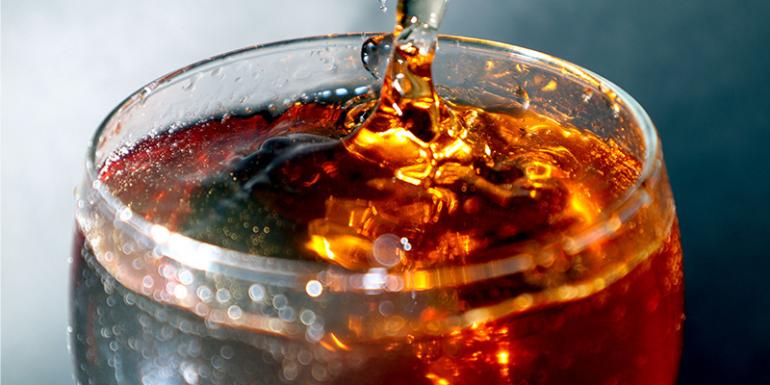What and how much will people drink around the world? The figures and trends for non-alcoholic beverages

Health-consciousness, sustainability and convenience are the three trends perceived by Mintel as determining the dynamics of global innovations in the non-alcoholic beverage segment.
Added to these is the growth of the “adventurous consumer” interested in new discoveries and purchasing experiences, a category that the industry must be able to cater to when drawing up its marketing strategies.
In general, consumers demand natural ingredients, but in imaginative combinations. Vegetable extracts from ginger to turmeric, ingredients based on almonds, coconuts, oats and rice, and botanicals like basil, lemongrass and mint all play a key role, as do exotic fruits with special tastes or functions along with the new tastes of calamansi, yuzu and mangosteen.
The other main trend concerns sugar, an area in which the food and beverage industry is committed to achieving specific reduction targets by 2025. For example, the German Non-Alcoholic Beverage Industry Association aims to reduce sugar and calories in the soft drink category by 15% between 2015 and 2025. This also reflects the increase in per capita soft drink consumption in Germany, which grew by 6.3% in 2018 to 123.1 litres.
However, the lion’s share of the sector’s revenue still comes from traditional beverages. According to Euromonitor International, global per capita consumption of bottled water amounted to 36.4 litres in 2018. For 2019 it expects this figure to increase to 38.1 litres per person (32.2 litres of still water, 4.1 litres of carbonated water and 1.8 litres of functional and flavoured waters).
According to the forecasts, the top regions in the world for bottled water in 2019 will again be North America and Western Europe at 104.8 and 100.7 litres per person, respectively. The provisional figures for 2019 also show increases in the regions of Asia (21.1 litres/person), Australasia (33.4 litres/person), Latin America (40.4 litres/person) and Africa/Middle East (43.2 litres/person).
According to Grand View Research, global consumption will continue its upward trend with annual value-based market growth of 7.4% through to 2025. Looking at the global 2019 forecasts for the categories of milk (14.5 litres/person), carbonated soft drinks (21.6 litres/person) and fruit juice (7.9 litres/person), Euromonitor International rates these segments as largely static compared to 2018, with changes of no more than 0.1 litre/person.

















